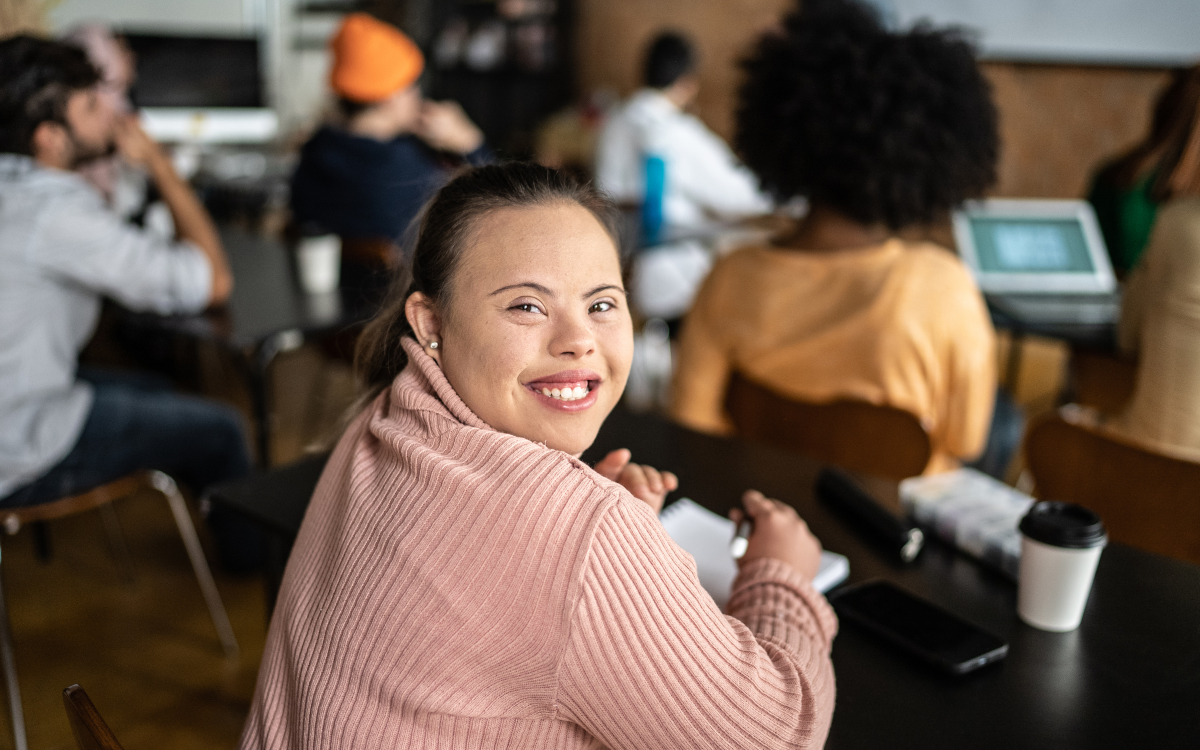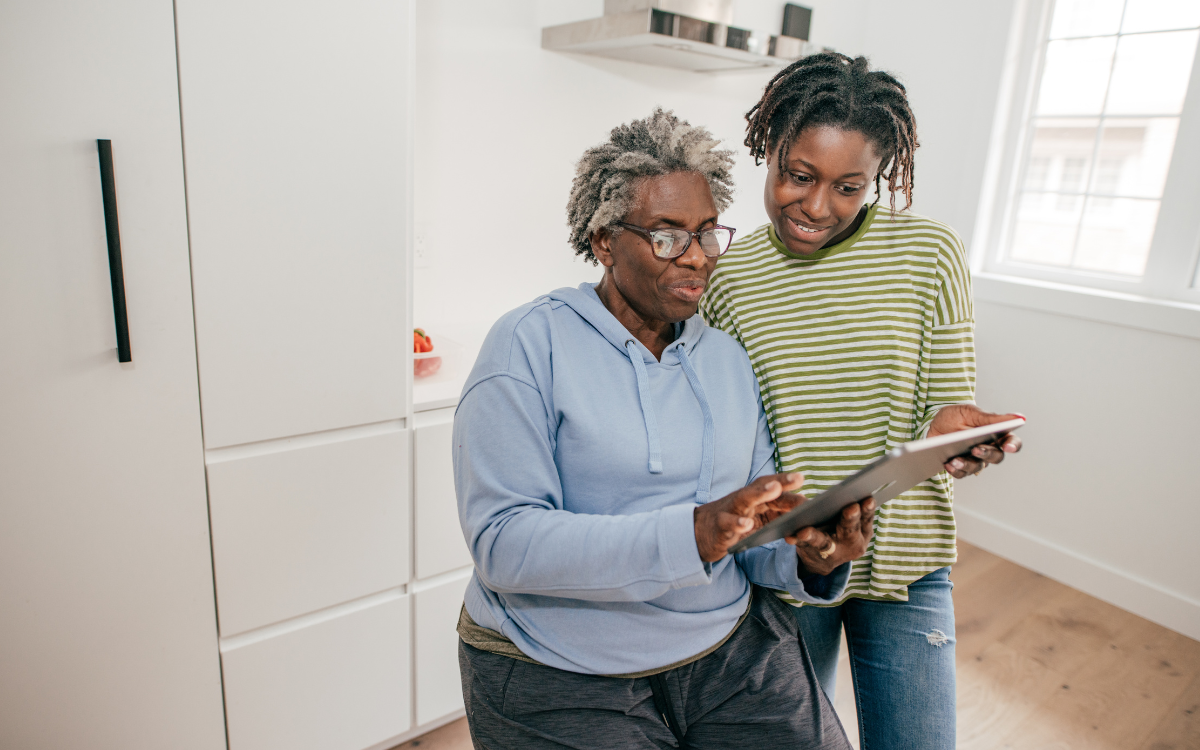California Self-Determination Program services are numerous and designed to help fulfill each participant’s individualized person-centered plan. From live-in care to corrective lenses and almost everything in between, these services help those with disabilities be as independent as possible. In this article, we’ll cover at least one service from each budget category and explain its potential benefits.
A Quick Note on Your Self-Determination Program Budget
The individual budget is the amount of money participants in the Self-Determination Program (SDP) have to cover needed services. A participant’s family, along with certain regional center staff and an independent facilitator (if you have one), can help develop an individual budget and ensure it aligns with their spending plan.
Participants who have previously used regional center services base their individual budgets on anticipated expenses over the next 12 months. Meanwhile, new customers will need to develop an individualized program plan (IPP) and calculate the average cost of implementing it.
5 Services Covered by Your SDP Budget
California’s Department of Developmental Services (DDS) has identified dozens of SDP budget services from which participants may choose. Such services are classified into three categories:
- Living arrangement
- Employment and community participation
- Health and safety
Participants are not allowed to use their SDP budget for services and support covered by Medi-Cal and other public health resources. In other words, the SDP budget is regarded as a last-resort funding source. Additionally, services must be approved by the Centers for Medicare and Medicaid.
1. Respite services
Respite services, which fall under the living arrangement category, aim to give the SDP participant’s primary carer a respite, or break, from non-medical care.
This service is not designed to replace any high-level medical care needed by the participant. Instead, it may give a participant’s loved one a chance to run errands or take care of other important tasks.
2. Non-medical transportation
Besides transportation to and from medical appointments, which Medi-Cal generally covers under California law, participants may need assistance getting to and from locations that help them fulfill their IPPs.
This can include the transportation mode itself and other supports needed for safe transportation. A participant’s individual budget may only pay for non-medical transportation if friends or family are unable to fulfill this role.
3. Behavioral intervention services
This SDP service in the health & safety category often provides behavioral intervention programs to participants in various settings, such as at home and work.
The purpose of such services is to help participants gain essential skills so they may peacefully reside at home or in a community-based setting. Service providers often train participants’ loved ones so they may provide behavioral interventions as needed.
4. Live-in caregiver
Many SDP participants require the services of round-the-clock caregivers. Medi-Cal and health insurance often pay these personnel, but the SDP individual budget may cover some auxiliary costs, such as rent and food. This only applies to live-in caregivers who reside in a house owned or rented by the participant.
5. Specialized medical equipment and supplies
SDP funds may cover the costs of durable and non-durable medical equipment essential to participants. These can include everything from life support equipment to devices that help participants lead near-independent lives.
Other state plans may cover the costs of certain medical equipment before the SDP. SDP funds may also pay repairsunds.
Independent Facilitation Services are Covered by Your SDP Budget
Independent facilitation is another service participants may elect to include in their person-centered plan. An independent facilitator can help identify participants’ needs, arrange service providers, and advocate for participants during the planning process.
NeuroNav employs experienced independent facilitators who can help you or a loved one navigate the SDP at your regional center. We can assist at the outset of the process or provide ongoing maintenance for participants with existing plans.
Ready to talk? We’d love to speak with you or your family over a free consultation sometime soon.

.png)


.jpg)